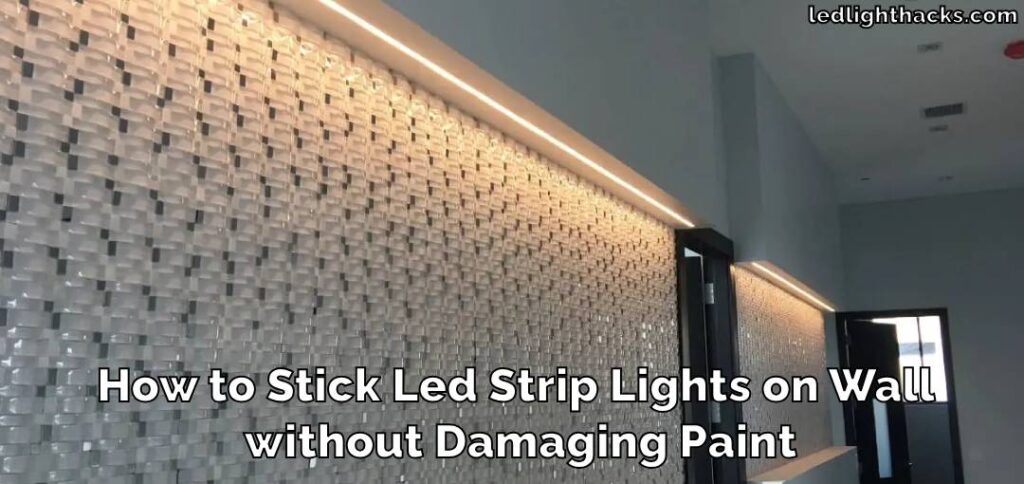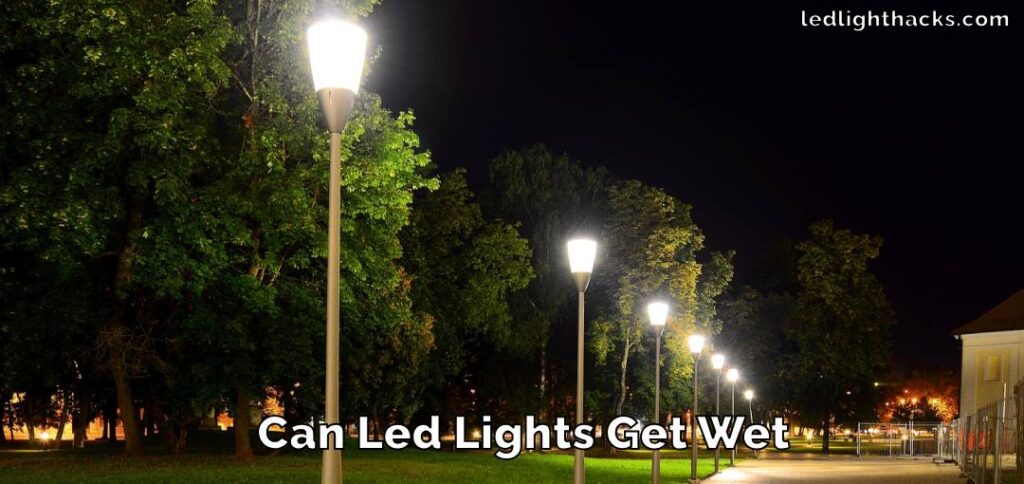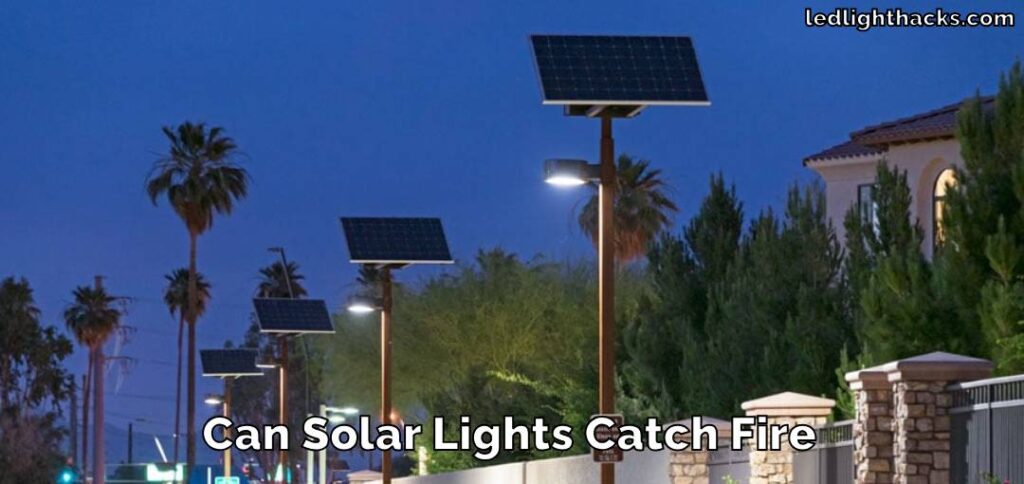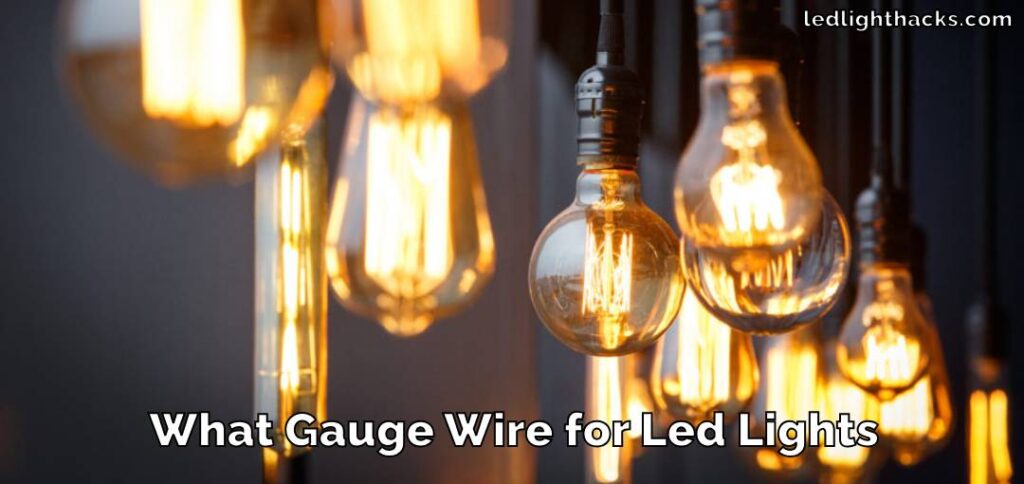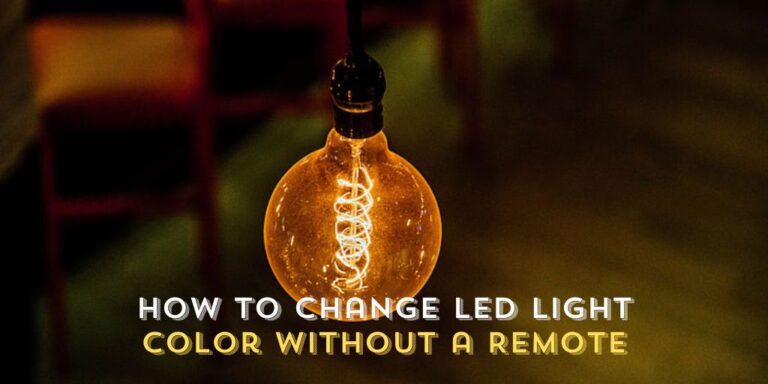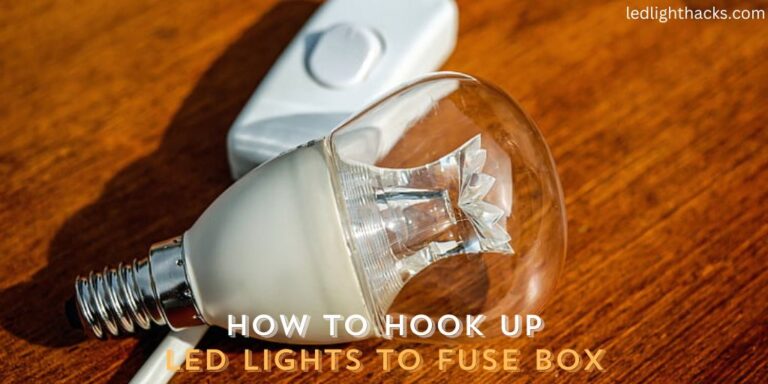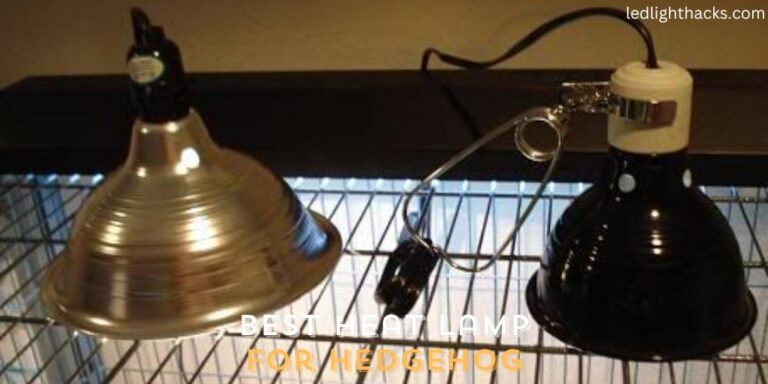How to Avoid Shadows With LED Lights
LED lights are known for saving energy and lasting a long time. However, they can also create shadows that might be a problem, especially when you need very clear and precise lighting. This can happen during photo shoots or in work areas where it’s important to see everything clearly.
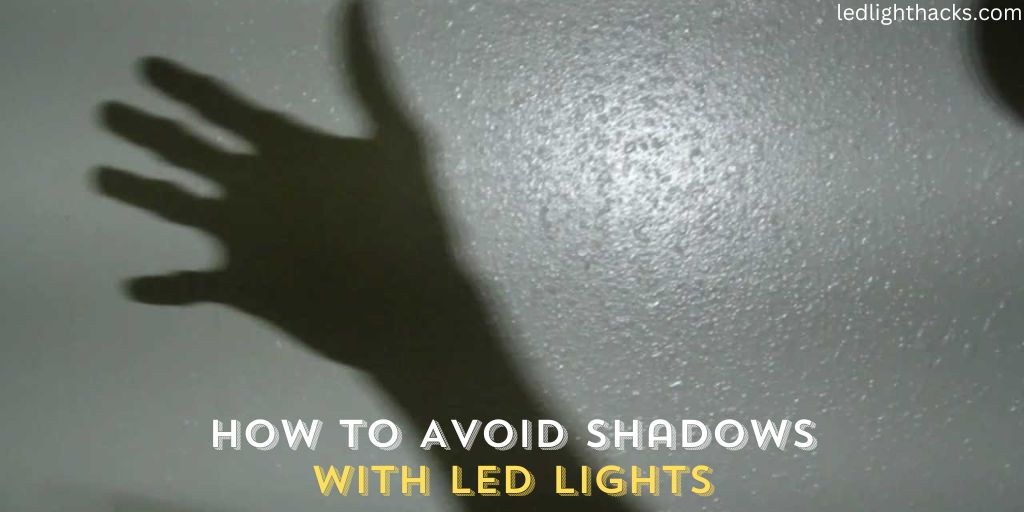
If you’ve noticed these shadows with your LED lights and want to get rid of them, you’re in the right place. This guide will explain How to avoid shadows with led lights and show you some simple ways to avoid them.
We’ll keep things straightforward and use easy-to-understand language, so you can quickly learn how to improve your lighting situation.
Are Shadows in LED Lights Irritating?
Absolutely. Shadows, especially when cast by LED lights, can indeed disrupt both the look and the purpose of a task at hand. Take photography as an example; unexpected shadows can quickly turn a great photo into one that lacks depth or clarity.
Similarly, in more practical spaces like kitchens, offices, or workstations, shadows can mask important details or make items appear different than they actually are.
Think of trying to cook with a crucial part of the counter in shadow, or attempting to assemble a small item with unclear visuals due to dim lighting.
Additionally, areas that don’t have consistent lighting can cause unnecessary eye strain, making it hard to focus and often leading to headaches or general discomfort. Therefore, understanding and addressing the cause of these shadows is not just about aesthetics but also about ensuring comfort and accuracy in various tasks.
How to Avoid Shadows With LED Lights
Shadows from LED lights can be a nuisance, whether at home or work, making spaces look less appealing and making tasks harder. Luckily, there are practical steps you can take to reduce or eliminate these shadows, ensuring your LED lighting is working best for you. Here’s how you can do it:
Evenly Distributing the Light
- Assess Your Space: Look around to see where shadows tend to form.
- Add More LED Lights: Placing several LEDs throughout the area can help cover shadowy spots evenly.
- Check Brightness Consistency: Make sure all LEDs give off the same amount of light to avoid uneven spots.
- Consider LED Strip Lights: For areas like under cabinets, these can provide a smooth, shadow-free light.
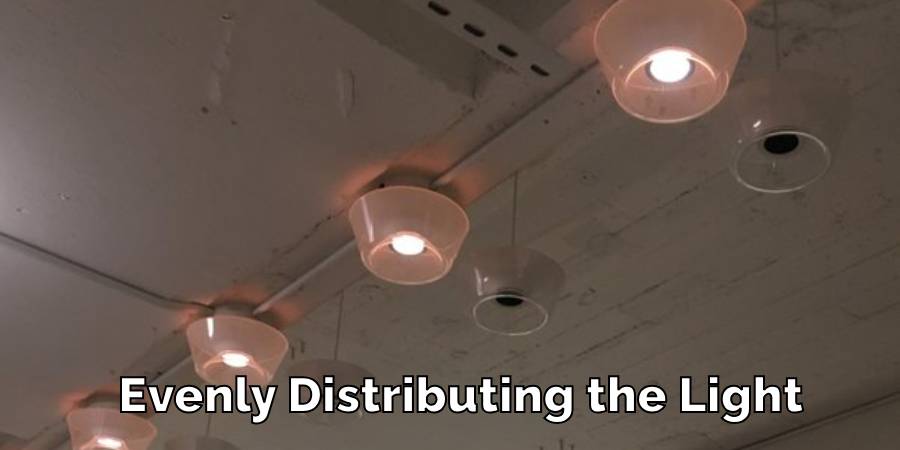
Using Diffusers
- Find the Right Diffuser: Get one that fits your LED light model.
- Attach the Diffuser: Make sure it’s properly secured over the light.
- Adjust for Best Results: Move the diffuser around to see where it best reduces shadows.
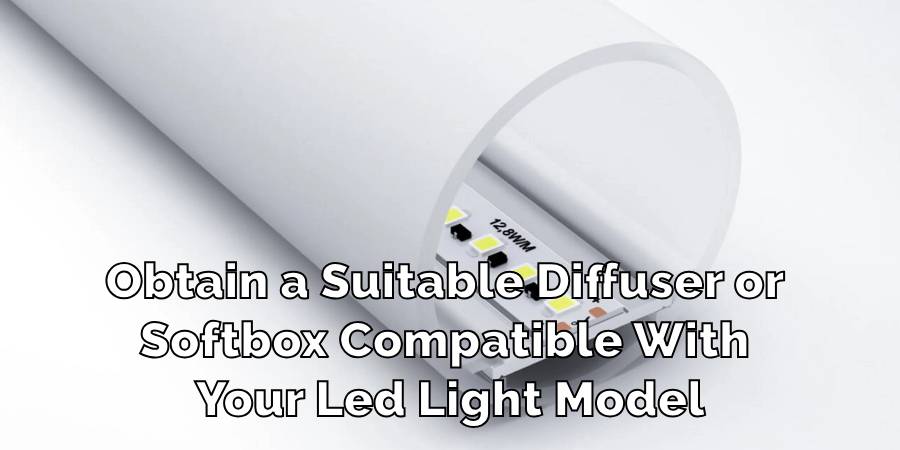
Correct Placement of Lights
- Avoid Direct Overhead Placement: This can create harsh shadows. Try angling lights instead.
- Angle Your Lights Wisely: Position them in a way that minimizes unwanted shadows.
- Adjust Height Appropriately: Depending on the use of the space, changing the height of your lights can help.
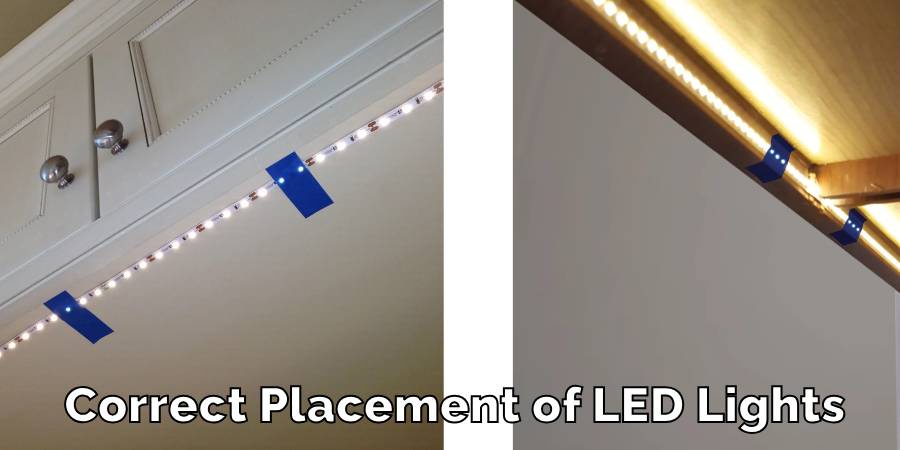
Utilizing Reflectors
- Choose Reflective Materials: Aluminum or mirrors work great for bouncing light.
- Position Reflectors Opposite Lights: This helps fill in shadows.
- Keep Reflectors Clean: This ensures they reflect light as efficiently as possible.
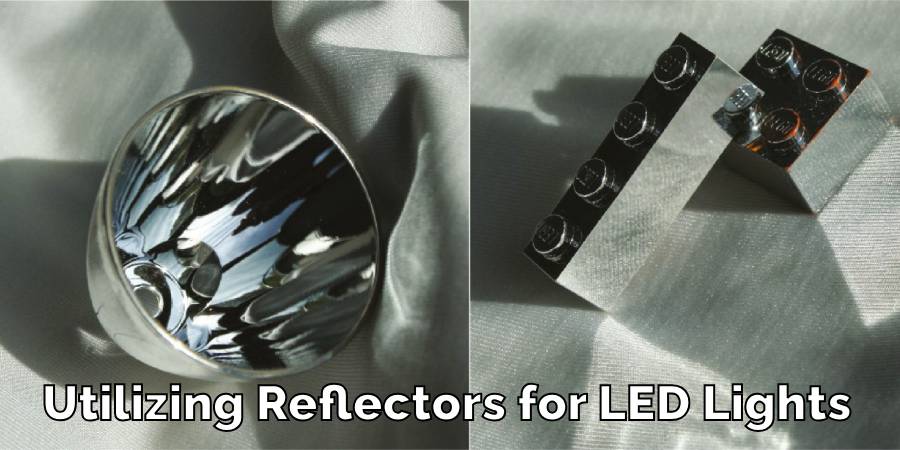
Adjusting the Light Intensity
- Opt for Dimmable LEDs: This gives you control over light intensity.
- Match Light Intensities: If using multiple lights, make sure they’re all set to the same brightness.
- Soften Shadows by Dimming: Sometimes, less intense light can reduce harsh shadows.
Using Multiple Light Sources
- Spread Out Your Lighting: Use multiple LEDs to cover different angles.
- Ensure Uniform Brightness: Keep all your lights at a similar brightness level for even coverage.
- Complement Light Placement: Arrange lights to support each other, filling in shadows.
Experimenting with Colors
- Learn About Color Temperatures: LEDs come in various colors, from cool to warm.
- Try Warmer Colors: These can help soften the appearance of shadows.
- Mix and Match: Combining different temperatures can create a balanced light that minimizes shadows.
Opting for Ambient Lighting
- Choose Lights for Ambient Use: Some LEDs are designed to provide a soft, diffuse light.
- Install in Strategic Locations: Place these lights to cover large areas evenly.
- Let Light Spread Naturally: Use ambient lights to create a general illumination that reduces shadows.
By following these steps, you can significantly reduce the shadows cast by LED lights, making your space look better and more functional. Remember, a little trial and error might be necessary to find the perfect lighting setup for your needs.
Precautions While Avoiding Shadows With LED Lights
When striving for the perfect lighting setup, it’s not just about achieving the best light quality but also ensuring safety and practicality. Proper lighting enhances the ambiance and functionality of a space, but it’s vital to proceed with caution. Here are some precautions to keep in mind
- Avoid using overly bright lights in a small space.
- Ensure the modifications do not interfere with the primary task.
- Keep electrical safety in mind while adjusting or adding light fixtures.
- Ensure that LED lights and accessories like diffusers are compatible.
While it’s essential to address and minimize unwanted shadows, one should never compromise safety and the primary purpose of the space. By following these precautions, you can ensure a safe, functional, and aesthetically pleasing lighting setup.
FAQ’s
How Do You Prevent Shadows With Ring Lights?
Ring lights are popular tools for photographers and videographers because they provide even illumination, especially for close-up shots. To avoid shadows:
- Step 1: Place the ring light so that it faces the subject directly. This alignment is key to minimizing shadows.
- Step 2: Ensure that the subject (it could be a person’s face or an object) is centered within the ring. This helps in distributing the light evenly around the subject, reducing the chance of any shadows forming.
- Step 3: Adjust the height of the ring light so that it’s level with the subject. If it’s too high or too low, it might cast unwanted shadows.
What Kind of Light Reduces Shadows?
Shadows can be softened or even eliminated depending on the kind of lighting used:
- Step 1: Opt for soft and diffused light. Harsh, direct lighting tends to cast defined and prominent shadows.
- Step 2: Utilize tools like softboxes or diffusers with your light sources. These tools spread out the light, making it gentler and more even.
- Step 3: Another technique is to bounce light off a surface, like a wall or a reflector. This indirect lighting approach often results in a smoother light that doesn’t cast harsh shadows.
How Does Lighting Affect Shadows?
Lighting plays a crucial role in the formation and appearance of shadows:
- Step 1: Understand that the direction of the light affects shadow placement. For instance, light coming from the side of an object will cast a shadow on the opposite side.
- Step 2: The intensity of the light determines the darkness and sharpness of the shadow. Strong, intense light will produce dark, well-defined shadows. In contrast, dim light will create faint, blurry shadows.
- Step 3: Recognize the role of the light source’s size. Large light sources, such as big windows or broad softboxes, tend to create softer shadows with less defined edges. In contrast, small and focused light sources, like flashlights or spotlights, create sharper shadows.
Conclusion
LED lights have won the hearts of many due to their impressive energy savings and long-lasting nature. Yet, like all light sources, they come with the challenge of potentially casting unwanted shadows. We have explored how to avoid shadows with LED lights.
This might seem like a minor issue, but shadows can drastically affect the ambiance of a room or the quality of a photograph. Thankfully, with a bit of knowledge about how light works and the right techniques in hand, these shadows can be managed.
By putting into practice the strategies outlined in this guide, anyone can ensure their space is not only well-lit but also free from distracting shadows, making their environments and photos look their very best.
How to Change a Light Switch without Turning Off the Power
Mastering the skill of changing a light switch without turning off the power holds great…
How To Stick LED Strip Lights On Wall Without Damaging Paint
LED light strips have surged in popularity, adorning homes and spaces with their vibrant colors…
Can Led Lights Get Wet
LED lights are everywhere, from homes to city streets, known for their efficiency and brightness….
Creative Ways to Use LED Strip Lights in Your Home
LED strip lights, those brilliant strips of technology, serve as a beacon of innovation in…
Can Solar Lights Catch Fire
Solar garden lights are your go-to pal for lighting up your backyard oasis while keeping…
What gauge wire for LED lights
When diving into LED lighting, one aspect that might not catch your eye at first…


